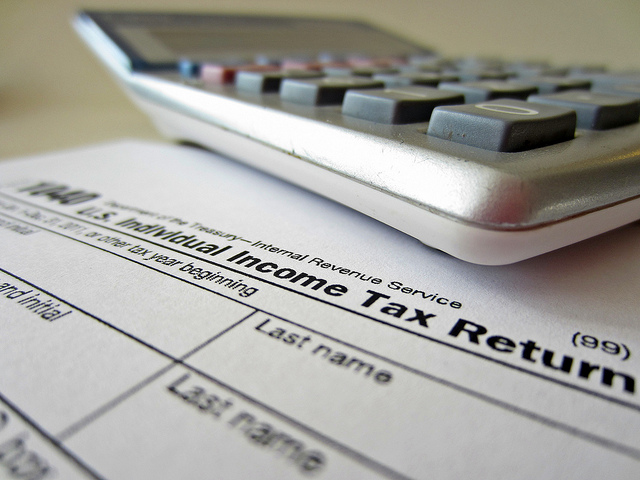An unfranked dividend represents company profits paid to shareholders which have no tax credits attached to the dividend. Ed Chan of Chan & Naylor accounting firm in Sydney talks about its advantages in detail.
All dividends whether franked or unfranked are not a tax deductible expense to the company.
It’s paid as a profit distribution but after tax is paid.
So if $100 profits are made and tax of $30 has been paid by the company leaving $70 Net Profit, the company can pay the whole $70 as franked dividends or partly as unfranked. It may also decide to only pay part of the $70 as a dividend whether franked or unfranked.
This is all disclosed in their tax returns but it’s an after-tax consideration. Why would the company pay franked versus unfranked?
Normally if the company has paid company tax, the tax is held in an account called a Franking Account and these are owed to the shareholders.
So it would pay a franked dividend to pass these credits back to the shareholders. There is no advantage to the company in holding onto them.
Why would a company pay an unfranked dividend?
Some portion of the Net Profit of the company may attract no tax. Hence, these can be distributed out with no tax credits known as unfranked dividends.
When can a company earn income that has no tax?
Some expense items such as depreciation or amortization or sale of an asset that maybe exempt from tax.
These form the basis of dividends that are paid as unfranked dividends.
If you receive a franked dividend of 5%, that’s the equivalent of a gross dividend before tax of 7.15% gross.
To work it out, you simply divide 5% by 0.70 (assume company tax at 30%).





